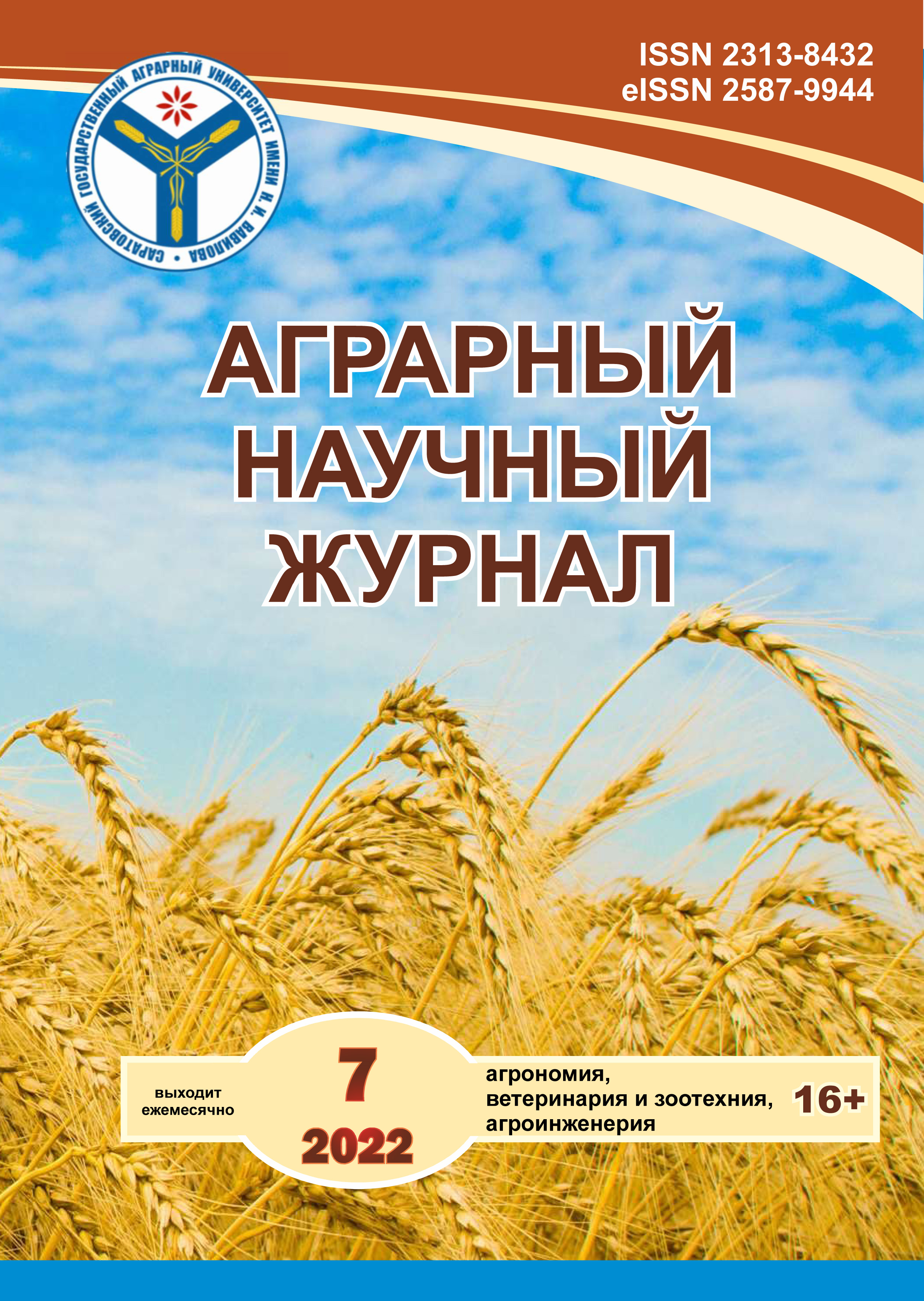Influence of air convection inside a double-glazed window on heat loss through window structures
DOI:
https://doi.org/10.28983/asj.y2022i7pp93-97Keywords:
glazing of agricultural buildings, energy saving, free convection, irreversible thermodynamic processAbstract
In the article, a physical and mathematical model of the convective movement of air layers between the panes of a double-glazed window has been developed. The conducted studies and analysis of thermohydrodynamic processes in a window pane made it possible to obtain dependencies for choosing the optimal distance between panes and, if necessary, to make a choice between single-chamber or multi-chamber window panes for glazing agricultural buildings. Experimental studies of the temperature regime of window panes in natural conditions are presented, as well as using a special heat chamber. The obtained calculated dependencies can be used in the selection and design of the design of energy-efficient light openings for both agricultural production facilities and residential buildings.
Downloads
References
Пригожин И., Кондепуди Д.. Современная термодинамика. От тепловых двигателей к диссипативным структурам. М., 2002. 44 с.
Aksenov A.K. Variational method in the problem of convective heat transfer near the vertical plane of the outer building fence in terms of free air movement // SPb WOSCE 2017 «Business Technologies for Sustainable Urban Development” 0042(2018).
Abedin M., Tsuji T., Hattori Y. Direct numerical simulation for a time-developing natural-convection boundary layer along a vertical plate // Int. J. Heat Mass Transfer. (2009). Vol. 52. No. 19-20. P. 4525-4534.
Hattori Y., Tsuji T., Nagano Y., Tanaka N.. Turbulence characteristics of natural-convection boundary layer in air along a vertical plate heated at high temperatures // International Journal of Heat and Fluid. 2006. 27. 3. 445-455.
Downloads
Published
Issue
Section
License
Copyright (c) 2022 The Agrarian Scientific Journal

This work is licensed under a Creative Commons Attribution-NonCommercial 4.0 International License.








